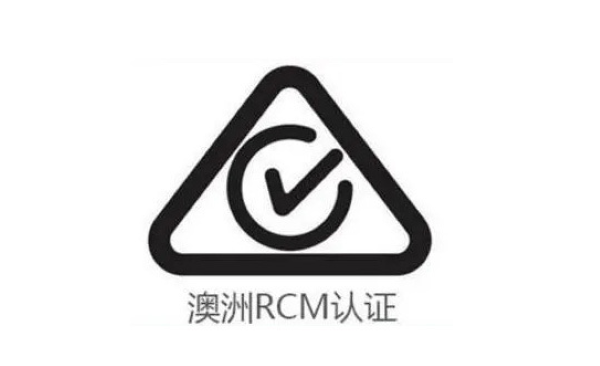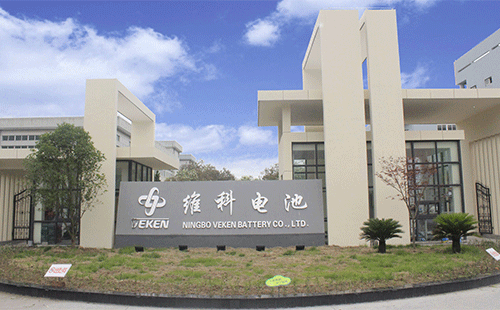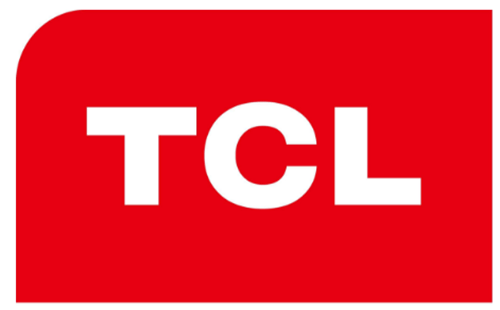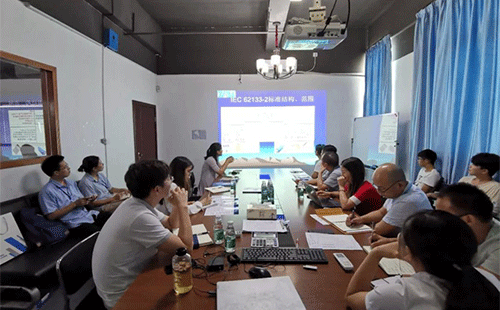On August 31st, 2023, the European Commission published the Regulation on Eco-design (EU)2023/1670 and the Regulation on Energy Labeling (EU)2023/1669 for mobile phones and tablet computers in the official gazette OJ, which were formulated according to the requirements of the EU's Work Plan on Eco-design and Energy Labeling for 2022-2024. The two regulations will come into effect 20 days after the publication of OJ.
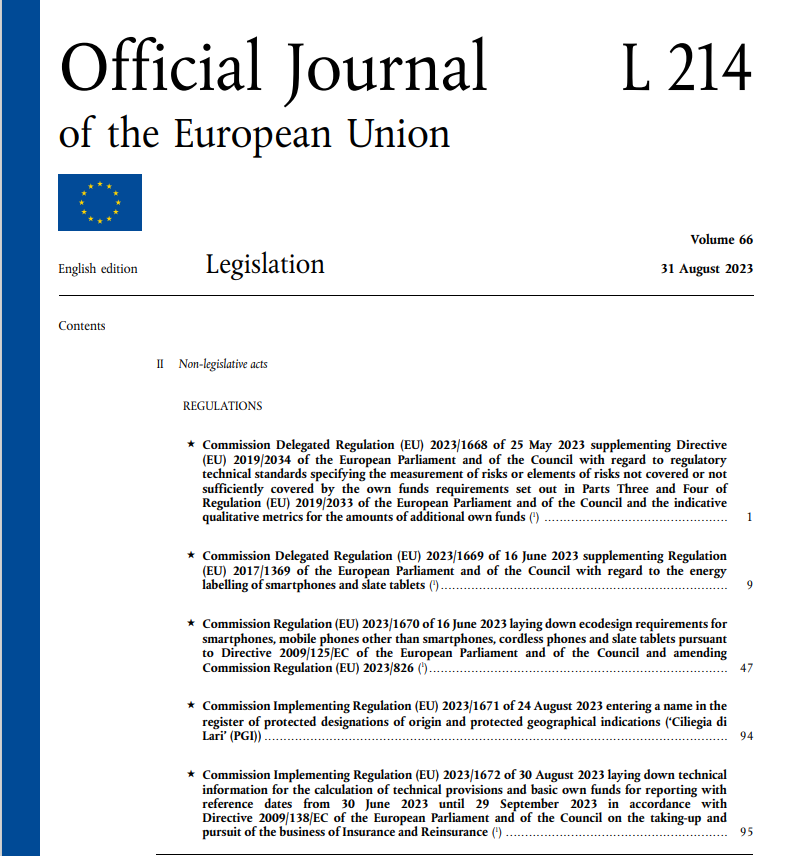
Ecological Design Act (EU)2023/1670
In order to improve the energy efficiency and durability of mobile phones and tablet computers, strict requirements are put forward for the maintainability, reliability and recycling of products through ecological design principles such as public maintenance rights, improving product transparency and recycling.
According to the requirements of the Eco-design Act, manufacturers, importers or agents are obliged to provide key spare parts (such as batteries, back covers, screens, front and rear cameras, speakers, etc.) to maintenance personnel within 5-10 working days, so as to ensure that the products can continue to be repaired and recycled until 7 years after the products are put on the market.
If the battery or back cover assembly cannot be provided to the user, the manufacturer shall ensure that the product design meets the following requirements:
▲ The cycle life is not less than 500 times, and after 500 times, there is at least 83% remaining capacity;
▲ The cycle life of the battery is not less than 1000 times, and after 1000 times, there is at least 80% remaining capacity;
▲ The product has IP67 dustproof and waterproof design.
The bill requires manufacturers, importers or agents to publish product maintenance manuals on their free websites to provide professional technicians or users with relevant information on product maintenance, including product identification, disassembly diagram, fault diagnosis information, necessary circuit connection diagram, tag diagram and disassembly tool requirements.
In order to improve the durability of mobile phones and tablet products, the bill requires that products must have certain reliability requirements:
▲ Anti-fall design;
▲ Screen design of MOHS 4 hardness;
▲ IP44 dustproof and waterproof grade design;
▲ The battery cycle life is not less than 500 times;
▲ Improve battery management function and optimize charging efficiency;
▲ Availability of operating system upgrade: at least 5 years after the product is put on the market;
▲ Professional maintenance personnel use any software or firmware required for replacement without discrimination.
Energy Efficiency Grade Labeling Act (EU)2023/1669
According to the requirements of the Act, all smart phones and tablet products must be accompanied by energy efficiency grade labels and registered in the EU public goods database EPREL before they can be put on the market. The label includes product maintainability rating, durability rating, IP rating, product battery life and so on.
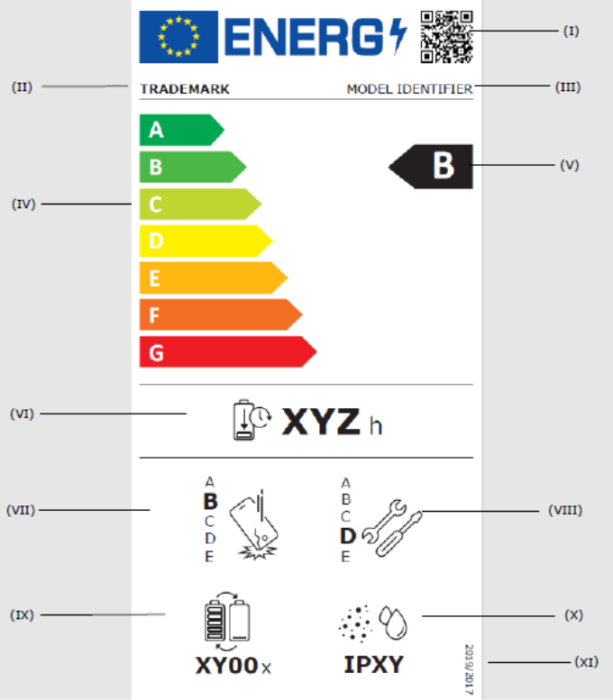
(I)QR code;
(II) trademarks;
(III) product model identification;
(IV) energy efficiency grades a to g;
(v) Nominal energy efficiency rating of the product;
(VI) product life;
(VII) drop tolerance rating;
(VIII) Maintainability rating;
(IX) battery life;
(X)IP grade;
(XI) Code of Energy Efficiency Regulations "2023/1669".
Regulations require manufacturers to be transparent about key raw materials used in mobile phones and tablet products. For plastic parts weighing more than 50 g, the polymer type of plastic parts must be indicated, and appropriate standard symbols or abbreviations should be set between punctuation marks ">" and "<" specified in existing standards. Some raw materials (cobalt, tantalum, neodymium, gold) should be publicized on relevant websites, and the scrap and recycling of products must conform to the EU WEEE Directive (2002/96/EC).
In order to encourage the reuse of these devices, manufacturers, importers or authorized representatives should ensure that the owners of the devices cannot recover the encrypted data in the old devices after handing them over, including resetting the devices to the factory-set software functions, and safely erasing the default address book, SMS and phone calls. Updates involving the operating system should last for at least three years, and security updates should be provided for five years or more from the last date when the relevant products are put on the market. The manufacturer also needs to ensure that these updates will not cause the performance degradation of the old equipment.
Warm tips
The EU safety standards are becoming stricter. ZRLK suggests relevant enterprises to strengthen information collection, timely understand and master the revised contents and implementation time of relevant EU regulations, optimize product design in a targeted manner, improve product quality, and do a good job in product testing and certification in advance to ensure that products meet EU regulations and standards and avoid trade disputes and losses caused by compliance.




